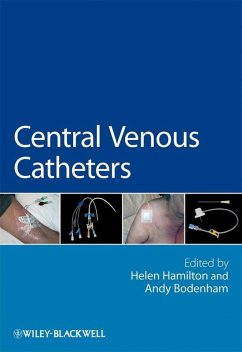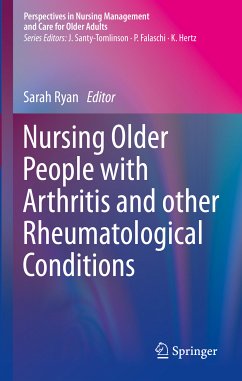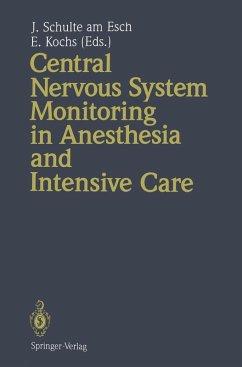
Peripherally Inserted Central Venous Catheters (eBook, PDF)
Versandkostenfrei!
Sofort per Download lieferbar
72,95 €
inkl. MwSt.
Weitere Ausgaben:

PAYBACK Punkte
36 °P sammeln!
Indications for central venous cannulation in critically ill patients have increased dramatically, but central venous access has the drawbacks of morbidity and a scarcity of experienced operators. Ultrasound-guided peripheral venous access offers a solution, in that it reduces morbidity and can be performed by a dedicated nursing team. The aim of this book is to teach the fundamentals of this emerging technique. Advice is provided on choice of materials; maneuvers for positioning of peripherally inserted central venous catheters (PICCs), techniques for evaluation of PICC tip placement; prevent...
Indications for central venous cannulation in critically ill patients have increased dramatically, but central venous access has the drawbacks of morbidity and a scarcity of experienced operators. Ultrasound-guided peripheral venous access offers a solution, in that it reduces morbidity and can be performed by a dedicated nursing team. The aim of this book is to teach the fundamentals of this emerging technique. Advice is provided on choice of materials; maneuvers for positioning of peripherally inserted central venous catheters (PICCs), techniques for evaluation of PICC tip placement; prevention, diagnosis, and management of complications; and organization of a dedicated team within a hospital or a supportive care program. Legal and economic issues are also considered. The book will be of interest to a wide range of professionals, including nutritionists, oncologists, anesthesiologists, surgeons, registered nurses, nurse practitioners, physicians, physician assistants, and radiologists.
Dieser Download kann aus rechtlichen Gründen nur mit Rechnungsadresse in A, B, BG, CY, CZ, D, DK, EW, E, FIN, F, GR, HR, H, IRL, I, LT, L, LR, M, NL, PL, P, R, S, SLO, SK ausgeliefert werden.













